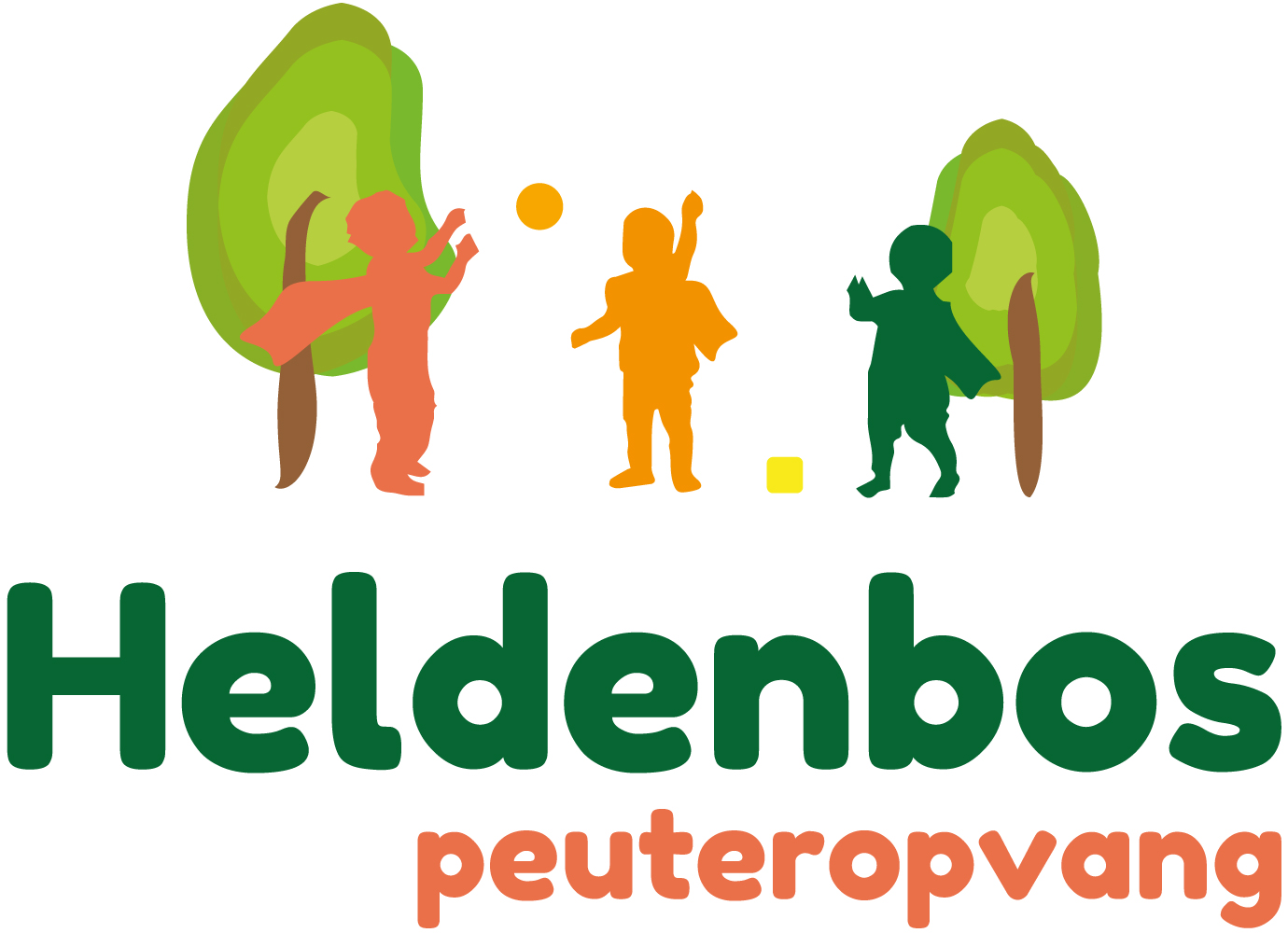Contents:


Only in cases of performance bottlenecks should you replace one of these classes with a hand-maintained array. Thus it makes sense to supplement the Arrays class with some additional utilities, which will be placed in the package com.bruceeckel.util for convenience. These will print an array of any type and fill an array with values or objects that are created by an object called a generator that you can define.
The Java containers library incorporates a fail-fast mechanism that looks for any changes to the container other than the ones your process is personally responsible for. If it detects that someone else is modifying the container, it immediately produces a ConcurrentModificationException. This is the fail-fast aspectit doesnt try to detect a problem later on using a more complex algorithm. Note that PrintData.print takes advantage of the fact that the objects in these containers are of class Object so the call toString by System.out.printlnis automatic.
Professional Knowledge Quiz for IBPS SO (I.T.)
To provide a base class for the specific tests, the inner class Tester is abstract. It contains a String to be printed when the test starts and an abstractmethod test that does the work. All the different types of tests are collected in one place, the array tests, which is initialized with different anonymous inner classes that inherit from Tester. To add or remove tests, simply add or remove an inner class definition from the array, and everything else happens automatically.
Terry Pratchett Book Club: Good Omens, Part I – tor.com
Terry Pratchett Book Club: Good Omens, Part I.
Posted: Fri, 02 Apr 2021 07:00:00 GMT [source]
A decision tree or a classification tree is a tree in which each inner (non-leaf) node is labeled with an input feature. Until here, we learnt about the fundamentals of choice timber and the decision making course of involved to decide on the most effective splits in building a tree model. As I said, determination tree may be utilized each on regression and classification issues. Some examples are a number of standards choice evaluation and decision bushes. A multitude of business issues could be analyzed and solved by choice bushes.
Java provides a library of container classes to solve this problem, the basic types of which are List,Set, and Map. You can solve a surprising number of problems by using these tools. The static randInt method produces positive values between zero and 100, and the generator method produces an object that implements the Generatorinterface by creating an anonymous inner class . This builds CompTypeobjects by initializing them with random values. In main, the generator is used to fill an array of CompType, which is then sorted.
Making a queue from a LinkedList
As you might expect, Hashtableperformance is roughly equivalent to HashMap. (You can also see that HashMapis generally a bit faster; HashMap is intended to replace Hashtable.) The TreeMap is generally slower than the HashMap, so why would you use it? The behavior of a tree is such that its always in order and doesnt have to be specially sorted. Once you fill a TreeMap, you can call keySet to get a Set view of the keys, then toArray to produce an array of those keys. You can then use the static method Arrays.binarySearch to rapidly find objects in your sorted array. Of course, you would probably only do this if, for some reason, the behavior of a HashMap was unacceptable, since HashMap is designed to rapidly find things.
There are numerous cases in which you need to create new types based on other types, and in which it is useful to have specific type information at compile time. In C++, this is directly supported by the language using templates. It is likely that Java JDK 1.5 will provide generics, the Java version of parameterized types. This is similar to the previous example, except that the new MouseList class has a private member of type ArrayList and methods just like ArrayList. However, it doesnt accept and produce generic Objects, only Mouseobjects. However, array equality is based on contents (via Object.equals) , so the result is true. .
All Java objects can produce a hash code, and hashCodeis a method in the root class Object. A HashMap takes the hashCode of the object and uses it to quickly hunt for the key. To summarize what youve seen so far, your first and most efficient choice to hold a group of objects should be an array, and youre forced into this choice if you want to hold a group of primitives.
Professional Knowledge Quiz For IBPS SO(I.T Officer)-2017-Set 1
Using Collections2.countries, fill a Set multiple times with the same data and verify that the Set ends up with only one of each instance. Create both an ArrayList and a LinkedList, and fill each using the Collections2.capitalsgenerator. Print each list using an ordinary Iterator, then insert one list into the other by using a ListIterator, inserting at every other location. Now perform the insertion starting at the end of the first list and moving backward. Modify MouseList.java so that it inherits from ArrayList instead of using composition. In this case, you immediately pass the new container through the appropriate synchronized method; that way, theres no chance of accidentally exposing the unsynchronized version.
This way, you can extract an ordered sequence from a Set. The following table shows everything you can do with a Collection , and thus, everything you can do with a Set or a List. (List also has additional functionality.) Maps are not inherited from Collection and will be treated separately. The compiler sees a String followed by a + and something thats not a String, so it tries to convert this to a String. It does this conversion by calling toString, which produces a recursive call. You could write printAll to accept a Collection object instead of an Iterator, but the latter provides better decoupling.
The drawbacks of the binary tree sort are remedied by the_____. The drawbacks of binary tree sort are remedied by heap sort. Create a new type of container that uses a private ArrayList to hold the objects.
How do you start a decision tree?
Thus, if you have old code that wants an Enumeration, you can still use the new containers. Enumeration is only an interface, not an implementation, and even new libraries sometimes still use the old Enumeration, which is unfortunate but generally harmless. Even though you should always use Iterator when you can in your own code, you must be prepared for libraries that want to hand you an Enumeration. Note that you cannot benefit from this kind of monitoring when youre accessing the elements of a List using get.
- To me, container classes are one of the most powerful tools for raw development because they significantly increase your programming muscle.
- The only reason TreeSet exists is because it maintains its elements in sorted order, so you use it only when you need a sorted Set.
- The determination tree splits the nodes on all available variables and then selects the split which leads to most homogeneous sub-nodes.
- The algorithm is thus not really designed to support duplicate elements, but rather to tolerate them.
The age-old fear of moneylenders has instilled a natural financial discipline among Indians. Yet, the heady growth over the past four years has lulled many into a false sense of security and put them at risk of falling into a debt trap. Future borrowers could perhaps take a leaf out of the book of mistakes that their predecessors have made in the recent past.
Because the type information is lost, the only thing the container knows that it holds is a reference to an object. You must perform a cast to the correct type before you use it. The Comparator must be passed to the overloaded binarySearch as the third argument.
CGL Prison Report Recommends Big Investments in Hiring and … – Dakota Free Press
CGL Prison Report Recommends Big Investments in Hiring and ….
Posted: Thu, 14 Apr 2022 07:00:00 GMT [source]
Shows how you can take a reference thats attached to one array object and assign it to another array object, just as you can do with any other type of object reference. Now both a and d are pointing to the same array object on the heap. Often we use choice-making tools with out even realizing it. In this lesson, we’ll discuss some important fashions and tools that we will use to improve our decision-making course of. The algorithm of a decision tree could be built-in with other administration analysis instruments corresponding to Net Present Value and Project Evaluation Review Technique .
In the order of SoftReference, WeakReference, and PhantomReference, each one is weaker than the last and corresponds to a different level of reachability. Soft references are for implementing memory-sensitive caches. Phantom references are for scheduling premortem cleanup actions in a more flexible way than is possible with the Java finalization mechanism. If an object is reachable, it means that somewhere in your program the object can be found. If an object is reachable, the garbage collector cannot release it because its still in use by your program. If an object isnt reachable, theres no way for your program to use it, so its safe to garbage collect that object.
Remove the last element returned by the iterator with remove. See if there are any more objects in the sequence with hasNext. With these tools you can easily test the various containers by filling them with interesting data. // To fill any type of container using a generator object. In the while loop, random values are generated as search items until one of them is found.

The easiest method to perceive decision bushes is by taking a look at a Decision Tree analysis instance. In these determination bushes, nodes represent data rather than decisions. This sort of tree is also referred to as a classification tree. Each department accommodates a set of attributes, or classification rules, that are related to a selected class label, which is found on the end of the branch. In a choice tree, all paths from the foundation node to the leaf node proceed by way of conjunction, or AND.

So you can just use the default the drawback of the binary tree sort are remedied by the equalsand satisfy the contract imposed by the interface. For data including categorical variables with totally different numbers of ranges, data achieve in decision timber is biased in favor of attributes with more ranges. However, the issue of biased predictor selection is prevented by the Conditional Inference approach, a two-stage method, or adaptive depart-one-out feature choice.
Therefore, it makes sense that the only supported operations are the ones that dont change the size of the array. The exception happens because something is placed in the container after the iterator is acquired from the container. The use of these methods is identical to the ones in Arrays, but youre using a List instead of an array. Just like searching and sorting with arrays, if you sort using a Comparator, you must binarySearch using the same Comparator..
A main benefit for using a choice tree is that it is simple to comply with and understand. It computes the difference between entropy earlier than cut up and common entropy after break up of the dataset based mostly on given attribute values. ID3 determination tree algorithm uses information acquire. Decision timber have quite a few advantages that make them helpful instruments for managers. It has been observed that tree based models have been able to map non-linearity successfully. Methods like decision bushes, random forest, gradient boosting are being popularly utilized in all kinds of data science issues.

Recente reacties